Are you thinking about sprucing up your yard in Texas by planting some grass seed? If so, then you’re in the right place. Planting any kind of grass or vegetation can be a daunting task for newcomers to gardening and requires precise timing for optimal growth – which is why we’ve created this blog post to help guide you through the best time to plant grass seed in Texas! We’ll discuss when during the year it’s ideal to sow your seed, tips on soil preparation, additional options for establishing a lush green lawn, and other relevant information that will help ensure success with your project. Keep reading if you want an easy-to-follow plan of action!
What are the Climate Specifics in Texas?
Texas has a climate that is both temperate and humid, with hot summers and mild winters. The state’s diverse geography allows for different climates in different areas. In the east of Texas, near the Gulf Coast, temperatures are warmer and more humid due to proximity to water bodies. Further inland, temperatures become cooler during winter months but still remain warm compared to other parts of the country. [1]
The summer months in Texas are hot and humid, with temperatures often reaching up to 100°F (38°C). Generally speaking, the hottest part of Texas is located in its western regions. During this season, rain showers are common but usually brief.
The spring and fall months in Texas bring warm weather with less humidity. This season is often great for outdoor activities like camping or hiking. Rain showers can still be expected however, so it’s important to plan ahead.
No matter the season, Texas is known to experience severe weather like hurricanes and tornadoes. It’s important for people living in or visiting the state to be prepared for these events and follow safety protocols when they occur. [2]
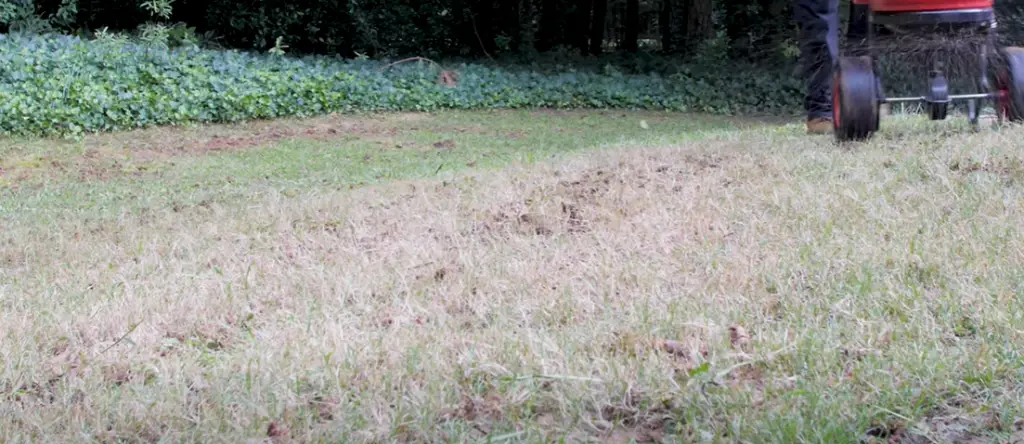
What is the Most Popular Grass to Plant?
When it comes to choosing the right kind of grass for your landscaping, there are many considerations. Among these is the type of grass that you choose. While a variety of grasses grow in different climates, some types are more popular than others. Here is a list of the most common and popular types of grass you can plant and their special characteristics:
- Bermuda Grass: This is a hardy, sun-loving grass that grows well in hot climates. It can take some wear and tear without losing its color or vigor.
- St. Augustine Grass: Perfect for those living in warm coastal regions, this grass has deep green blades and is very drought tolerant.
- Fescue Grass: Fescue grass is a popular choice for colder climates, as it requires less mowing and less water. It also offers excellent weed resistance.
- Zoysia Grass: This grass is perfect for those who want an attractive lawn without the hassle of regular fertilizing and mowing. It forms a thick mat that helps ward off weeds and needs less water than other types of grass.
- Buffalo Grass: Native to the Great Plains, buffalo grass is extremely drought tolerant and needs little maintenance once established. It also resists pests better than many other types of grasses.
- Kentucky Bluegrass: This popular cool season grass has a deep blue-green color and is very hardy. It’s perfect for those who want a beautiful, low-maintenance lawn. [3]
How to Select Grass Seeds for Planting?
When selecting grass seeds for planting, it’s important to carefully consider the type of grass that will best suit your specific needs. There are many varieties of grass available, each with its own unique characteristics and benefits. Here are some factors to consider when choosing a grass seed:
Climate
The climate you live in has a major impact on which type of grass seed to choose. Different types of grass thrive in different climates. For example, warm-season grasses like Bermuda, zoysia and centipede are best suited for hot and humid areas while cool-season grasses like Kentucky Bluegrass, rye and fescue are more suitable for cooler climates.
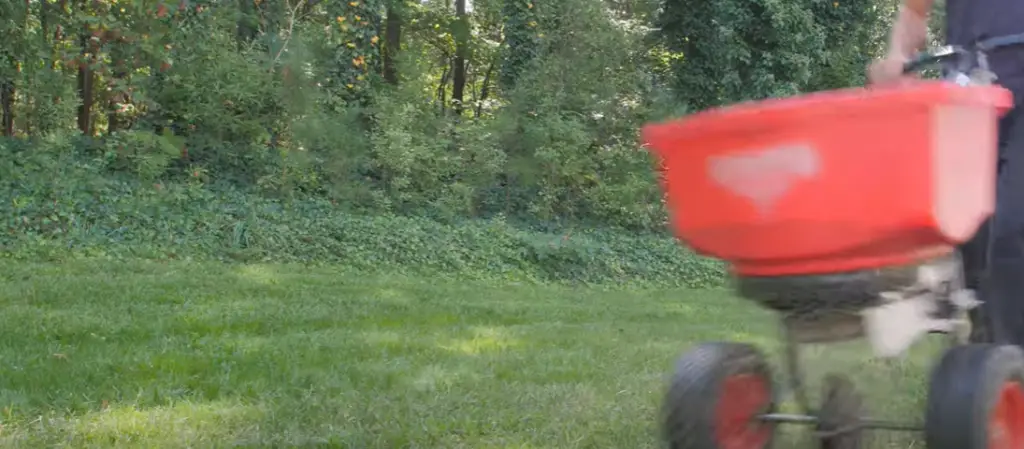
Maintenance Requirements
Grasses have different levels of maintenance required for them to thrive. Cool-season grasses generally require more attention in the form of fertilization, mowing, and watering than warm-season grasses. Knowing how much time you are willing to dedicate to lawn care will help you make the right decision when it comes to selecting a type of grass seed.
Sun Exposure
The amount of sun exposure your lawn receives is another important factor to consider when choosing a grass seed. Some grasses need full sun to thrive while others can handle partial shade. If your backyard has mostly shady areas, make sure to select a type of grass that can survive in the shade.
Soil Type
Different types of grass have different nutrient needs and prefer different types of soil. It’s important to identify the type of soil you have so that you can choose a grass seed that will be best suited for your lawn. Clay soils are better suited for cool-season grasses, while sandy soils can support warm-season grasses.
Budget
Grass seed prices can vary significantly depending on the type of grass you select. If you’re looking to save money, consider opting for a more affordable variety such as Bermuda or fescue. On the other hand, if you have a larger budget and don’t mind having more frequent maintenance needs, an upscale variety like zoysia might be the right choice for you. [4]
When to Plant Grass Seed in Texas?
If you’re looking to spruce up your lawn in the Lone Star State, there are a few key factors to consider when deciding when to plant grass seed. The type of grass you choose, as well as the temperature and rainfall conditions in your area, will all play a role in determining the best time for planting. [5]
The three most common types of grass used in Texas are bermuda, zoysia, and St. Augustine. Each type has its own optimal planting time – bermuda between March and May, zoysia between April and June, and St. Augustine in late summer or early fall.
Temperature is an important factor to take into account when planting grass seed in Texas. For most of the state, soil temperatures should be at least 60°F for grass seeds to germinate and start to grow. The best times to plant are usually in early spring or late fall – when temperatures are mild and rainfall is more abundant.
In addition to temperature and rainfall, it’s also important to take into account your regional climate when deciding when to plant grass seed in Texas. Different regions of the state have varying temperatures and precipitation levels, so it’s important to be aware of these differences before you start planting.
By taking all of these factors into account, you can determine the best time to plant grass seed in Texas for your specific needs. With a little bit of research and foresight, you can ensure that your lawn looks lush and healthy for years to come. [6]
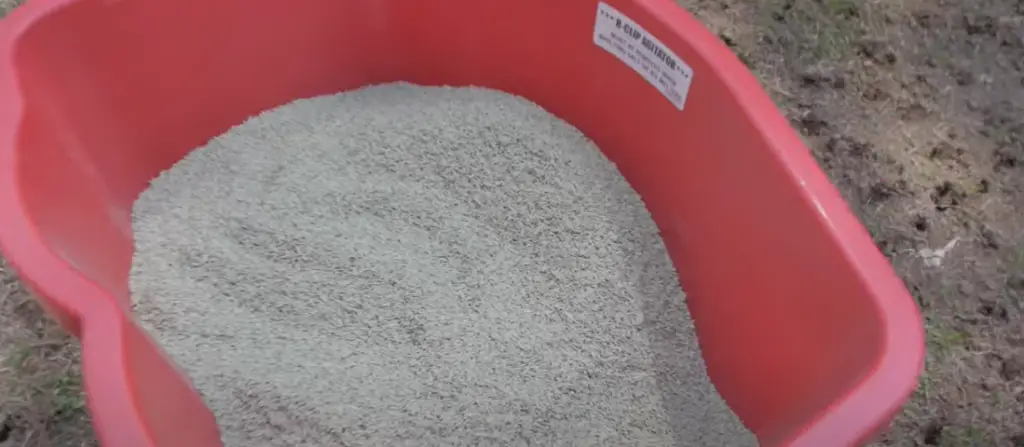
Tips to Plant Grass Seed in Texas
Texas heat can be a challenge when you are planting grass seed. In order to have success, there are certain steps and techniques that should be taken which will help you get a lush lawn of green grass. This article will provide tips on planting grass seed in Texas. [7]
Choose the Right Grass Seed
The first step is to choose the right kind of grass seed to plant in Texas. Generally, cool season grasses such as Kentucky bluegrass or tall fescue are best for colder months while warm season grasses like Bermuda grass and zoysia are better for the hot summer months in Texas.
Prepare the Soil
The second step is to make sure that the soil is prepared for planting. This includes removing any weeds or debris, tilling the soil to create a smooth surface, and amending the soil with fertilizer and other nutrients as necessary.
Plant in Spring or Fall
The best time to plant grass seed in Texas is during the spring (March – April) or fall (October-November). This is because the temperatures are cooler which allows for optimal germination and growth.
Watering the Seed
Grass seed needs to be watered regularly in order to ensure that it will grow. The soil should be kept moist, but not soggy. If you are using an irrigation system, adjust the timer so that it waters more frequently until the seeds have sprouted.
Use a Mulch
A layer of mulch can help protect your grass seed from drying out in the hot Texas sun. Make sure to choose a light colored mulch as dark colors absorb heat which can kill the young grass seedlings.
Watch Out for Pests
In Texas, it is important to watch out for pests such as weeds, insects, and other turfgrass diseases. Proper maintenance of your lawn will help prevent the spread of these pests. Be sure to mow regularly and apply a herbicide or insecticide if necessary. This will help keep your grass seed healthy and free from potential threats. [8]
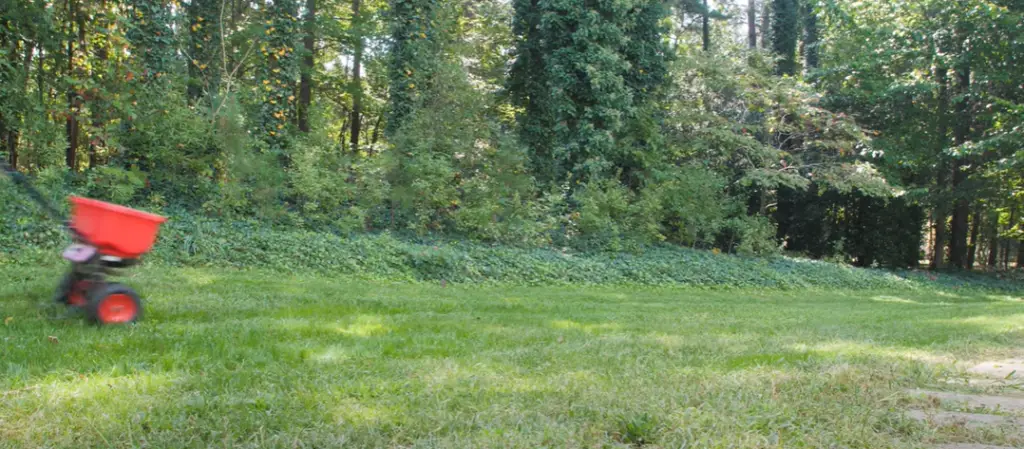
How to Care for Grass?
Grass is one of the most common elements of any landscape or garden. When taken care of properly, it can offer a beautiful and healthy environment for your family to enjoy year-round. Here are some tips for taking proper care of your grass:
Water Regularly
Regular watering is essential to keep your grass looking lush and green. Some areas may require more frequent watering than others depending on the climate and seasonal conditions. Typically, your grass will need about 1 – 2 inches of water per week to stay healthy and green
Fertilize
Fertilizing your grass can help it remain healthy and strong. The type of fertilizer you use will depend on the type of grass you have. Look for a fertilizer that is specifically designed for your grass type and follow the instructions on the package.
Mow Regularly
Regular mowing helps keep your grass looking even and tidy. Be sure to mow at least once a week, depending on how quickly your grass grows. Always use sharp blades so you don’t damage or tear the blades of grass.
Control Weeds and Pests
Weed and pest control is important for keeping your grass looking healthy. Keep an eye out for weeds and pests such as grub worms, chinch bugs, or other insects that can damage your grass. Treat these problems immediately to avoid further damage.
Aerate Your Lawn
Aerating your lawn can help the grass stay healthy and absorb nutrients more easily. Aeration involves using a machine to poke small holes in the soil so that water, fertilizer, and air can reach the grass roots. This process should be done once or twice a year for best results. [9]
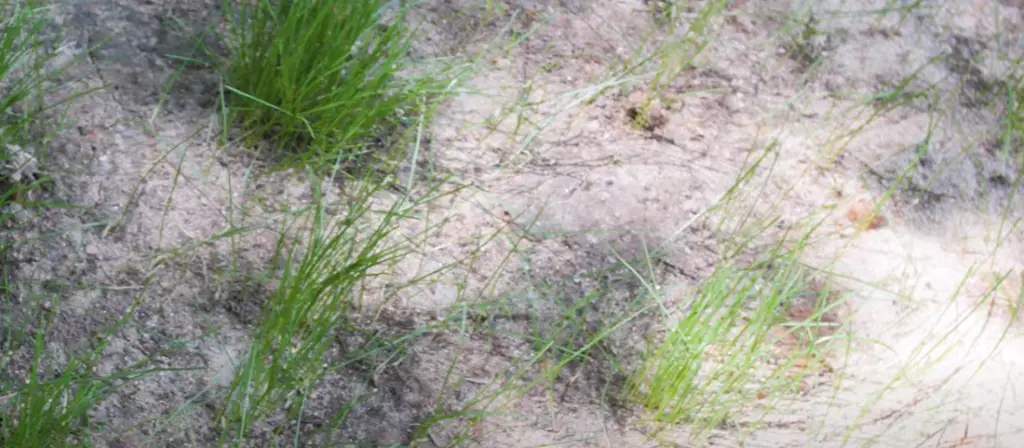
Is It Worth Fertilizing Grass?
Fertilizing your grass can help maintain its health and prevent it from becoming thin, patchy, or discolored. If you decide to fertilize your grass, there are a few important steps to take for successful application.
Choose the Right Fertilizer
When choosing a fertilizer, look for one that is specifically designed for your grass type. Look at the label to make sure it contains the right nutrients and ratio of nitrogen, phosphorus, and potassium. Your local garden center can help you choose a product that is best suited for your lawn.
Apply at the Right Time
Timing is important when it comes to applying fertilizer. Different grass types require different levels of nutrients throughout the year, so make sure you apply the right amount and type at the right time. It’s also best to fertilize on a day with low winds and avoid mowing for a few days after fertilizing.
Monitor Growth
Keep an eye out for signs of unhealthy grass such as discoloration, thinning or patchy areas. If you find any of these signs, consider adjusting the type and amount of fertilizer you are using to achieve the desired results.
Fertilize the Right Way
Be sure to spread the fertilizer evenly throughout your lawn. Over-fertilizing can cause damage to your grass, so make sure you follow the instructions on the package and don’t apply more than what is recommended. Finally, always use protective gear such as gloves and a mask when applying chemicals. [10]
How to Create a Cozy Backyard?
Creating a cozy and inviting backyard can be an enjoyable project that will bring you hours of pleasure. Whether you are looking to entertain guests or just want somewhere to relax, there are plenty of ways to make your backyard cozy. Here are some ideas on how to create the perfect atmosphere for your outdoor space:
- Start with a beautiful view: Make sure your backyard has a pleasant view of the surrounding area. If you’re lucky enough to have access to an ocean or mountain view, make sure it is visible from your outdoor space. It can also be nice to put in some landscaping elements such as trees or shrubs to provide a more private atmosphere.
- Incorporate comfortable furniture: When creating a cozy backyard, make sure to include comfortable furniture. High-quality outdoor furniture that is designed for comfort is essential for creating an inviting atmosphere in your backyard. Consider adding pieces such as lounge chairs or a sofa so you can relax and enjoy the view.
- Add lighting: Make sure your backyard has adequate lighting to create a comfortable atmosphere and ensure safety at night. String lights are a great way to add ambience and can be hung from trees, pergolas or posts to create an inviting atmosphere.
- Plant some flowers: Adding some colorful flowers is another great way to make your backyard cozy and inviting. Consider planting perennial plants that will bloom throughout the year, such as lavender or daisies. These types of plants are low maintenance and can provide a touch of color to your outdoor space.
- Invest in a fire pit: A fire pit is an essential item for creating a cozy backyard atmosphere. Not only will it provide warmth, but it can also be used for cooking or just relaxing around with friends. Consider adding some comfortable seating around the fire-pit to finish off the look.
- Incorporate greenery: Greenery is essential for creating a cozy backyard. Make sure to include plants such as trees, shrubs and flowers to provide some natural elements and create an inviting atmosphere. Consider adding a few potted plants for extra color and texture.
- Place some decorative touches: Adding items like outdoor rugs, cushions or throw blankets can help to tie the look together and create a cozy atmosphere. Invest in quality pieces that will stand the test of time and provide you with a comfortable outdoor setting. [11]
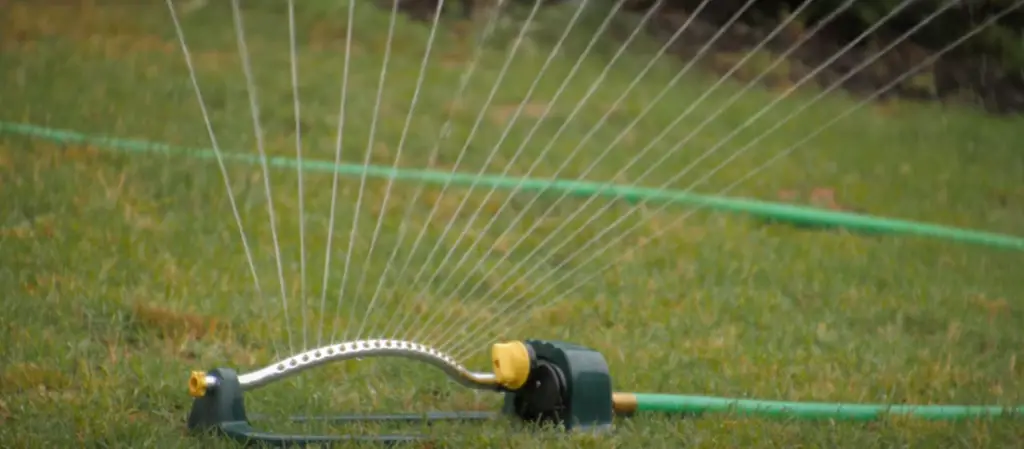
FAQs
What month is the best month to plant grass seed?
The best time to plant grass seed in Texas is during the spring and fall months. April and October are two of the most popular times for planting, as this allows the soil to be warm while there’s still plenty of rainfall to ensure that your grass grows properly. You should also avoid planting during the summer months as the hot temperatures could cause issues with germination.
When should you start over seeding in Texas?
To ensure a lush and healthy lawn in Texas, it’s important to start over seeding your grass early. Over seeding is the process of planting new seed into existing grasses to help thicken them up. This helps create a thicker stand of turfgrass that can better withstand drought or disease. In Texas, it’s best to start over seeding in late summer or early fall. This gives the grass plenty of time to take root and establish itself before cooler temperatures arrive.
It’s crucial to choose a variety of grass that is suitable for your local climate and soil type. In Texas, cool season grasses are best for overseeding because they thrive in cooler temperatures and will be able to withstand the hot summers. Examples of cool season grasses include rye, bluegrass and fescue.
When planting your grass seed, it’s important to use high quality material that is disease and pest resistant. It’s also smart to choose a variety that has good drought tolerance, as this will help ensure your lawn stays healthy in even the driest conditions.
What is the fastest growing grass seed in Texas?
When selecting a grass seed to plant in Texas, it is important to pick one that will grow quickly and thrive in the hot climate. There are several types of grass seed available for planting in Texas, but some of the fastest growing varieties include Buffalo grass, Bermudagrass, Zoysia Grass, and Centipede grass.
What is the best grass seed for winter in Texas?
When choosing the best grass seed for your Texas winter lawn, it is important to consider the type of grass that will grow best in your area. Different types of grass have different requirements when it comes to temperature and water. Cool season grasses such as ryegrass and fescue do well in the cooler months of winter while warm-season grasses such as Bermuda, Zoysia and St. Augustine thrive in the warmer weather of spring and summer.
To ensure successful grass seed germination in your area, it is important to know when to plant your seeds. Generally speaking, late fall or early winter is the best time to plant cool season grasses in Texas while warm-season grasses should be planted in late spring or early summer. This timing gives the grass time to establish roots and put down new growth before the hot and dry Texas summers set in.
Useful Video: The Best Time to Plant Grass Seed in Texas
To Sum Up
With the right kind of maintenance, there’s no reason why a healthy, lush green lawn in Texas can’t be achievable. Before you add grass seed to your property, make sure to research the best type of seed for the amount of sun and shading on your property. Don’t forget to also consider when to plant grass seed – for Texas lawns, this should typically happen in late fall or early winter. If you do decide to apply fertilizers or other treatments after planting the seed, it is important to remember that they are used best before planting while the soil is still worked up from tilling and not afterwards. To have a successful start with a new lawn project, ensure that you have done enough research and preparation beforehand. Now get out there and start planting; before you know it, you’ll be enjoying a beautiful landscape!
References:
- https://www.worldtravelguide.net/guides/north-america/united-states-of-america/texas/weather-climate-geography/
- https://sciencing.com/climate-texas-4566332.html
- https://www.popularmechanics.com/home/lawn-garden/a32130743/types-of-grass/
- https://www.naturesseed.com/grass-seed/how-to-choose-the-right-grass-seed/
- https://www.hunker.com/12387040/the-best-time-to-plant-grass-seed-in-texas
- https://www.floridayards.org/when-to-plant-grass-seed-in-texas/
- https://gomow.com/blog/best-time-suitable-ways-plant-grass-seed-texas/
- https://lawnlove.com/blog/how-to-plant-grass-seed/
- https://www.gardenersworld.com/plants/top-lawn-care-tips/
- https://www.consumerreports.org/home-garden/lawn-care/dont-bother-fertilizing-your-lawn-twice-a-year-a5780099997/
- https://www.thespruce.com/ways-to-create-a-more-relaxing-backyard-4121173





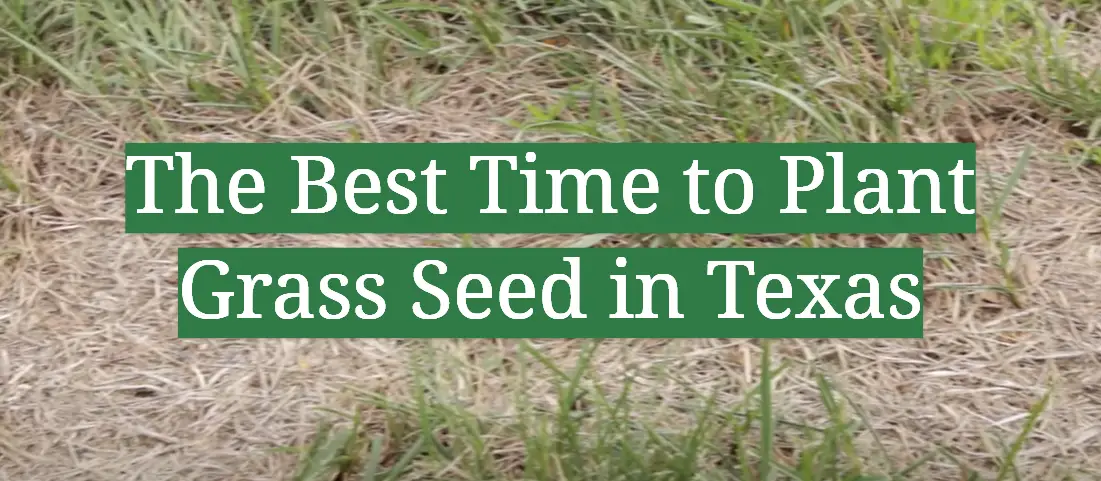


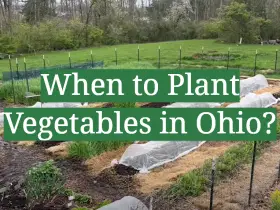

Leave a Reply
View Comments